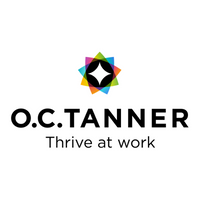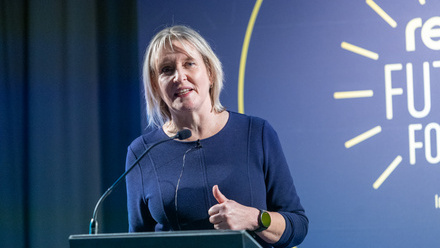Talent magnets: six key factors that help make a business a great place to work
How can your approach to reward appeal to employees on a global scale? It’s all too easy to focus on practical elements, such as ensuring reward programmes are local language specific and physical rewards can be delivered to the recipient wherever they are in the world.
But for a reward approach to win hearts and minds it must begin by getting the basics of company culture right. Putting strong cultural foundations in place that inform the reward strategy will most likely lead to success.
Rewards on a poor culture will not succeed
It’s a common myth that companies need to offer a lot of perks to engage people. However, engagement doesn’t happen when employees are offered a fancy coffee machine or Friday afternoons off.
Yes, lavish benefit packages and flexible work schedules are alluring for employees and can support engagement to an extent, but they don’t in themselves make people care about their work and want to make a difference.
The truth is that engagement comes from feeling aligned to the company’s purpose, part of a winning team, appreciated and having the opportunity to excel and enjoy personal success.
This is the same wherever you are in the world. Organisations must find ways to tap into these natural desires and encourage them. Failure to recognise this, and attempting to build a reward programme on top of a culture in which there’s no clear company purpose, where leadership is controlling, development opportunities are limited and appreciation is non-existent, will only result in failure.
The six factors that create a great workplace
Global research by O.C. Tanner discovered there are six elements that make up DNA of a great place to work. They are the catalysts that influence employees to join a company, to engage with it, and to stick around. These ‘talent magnets’ are:
1. Purpose - knowing that your work is connected to something bigger that adds value and makes the world a better place
2. Opportunity - having a voice in decisions and doing challenging, meaningful work
3. Success - the feeling of playing on a winning team and experiencing the thrill of personal and team victories
4. Appreciation - knowing that your effort, results, and contributions are noticed and recognised by peers and leaders
5. Wellbeing - feeling cared for and a sense of belonging at work
6. Leadership - feeling like your leader is an advocate, coach and mentor
These ‘talent magnets’ may sound simplistic. But these key elements are the same in companies throughout the world and it is these that leaders MUST get right from the start for a rewards and benefits programme to have any chance of success.
Creating a reward strategy
Understanding the DNA of a thriving company culture is crucial for guiding the reward strategy. HR and reward leaders must ensure that any strategy they put in place is in line with the ‘talent magnets’.
For example, to support company purpose, organisations may offer volunteering days at a charity that align with the company’s purpose and values. In addition, introducing a company-wide staff recognition programme that is integrated into everyday culture will support individuals’ ongoing need for appreciation. Plus, ensuring mental health support services are in place highlights to employees that their health and wellbeing matters.
This same approach can identify perks that do little to support the ‘talent magnets’ and so are less likely to be effective, such as table tennis tables and gym membership.
Once the six elements of a thriving organisational culture have been addressed and the reward strategy has been designed to support the ‘talent magnets’, it’s then necessary to consider and iron-out the nuances of implementing a global reward strategy, from addressing language and cultural differences through to understanding local recognition preferences.
For instance, when clarifying recognition objectives and priorities for each country, it’s important to understand when and how it’s best to give recognition.
Culture must always come first
Every reward strategy must have a clear goal – to help make the organisation irresistible. And the starting point must be assessing the organisational culture and determining which of the six key elements need improving to provide a solid cultural foundation.
Of course, this could differ from one country to the next and so taking an honest look at the organisational culture across the globe is key. The reward strategy must then work to enhance it, helping to create highly engaged and top-performing employees that care about their work, their teams, the organisation and how, together, they can make the world a better place.
Supplied by REBA Associate Member, O. C. Tanner
Giving teams the integrated tools they need when, where and how they need them.








